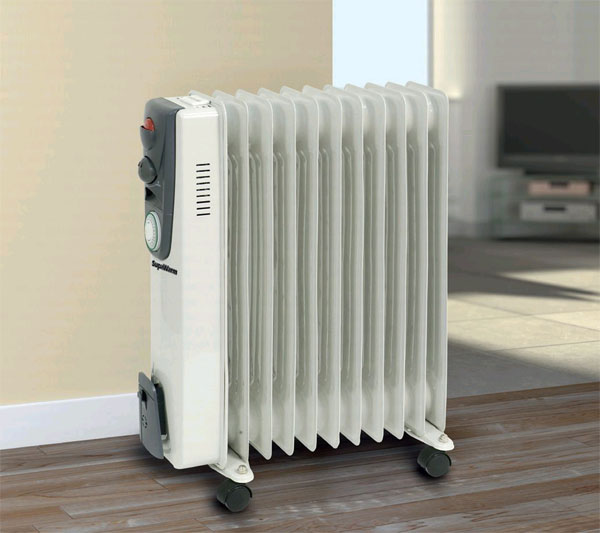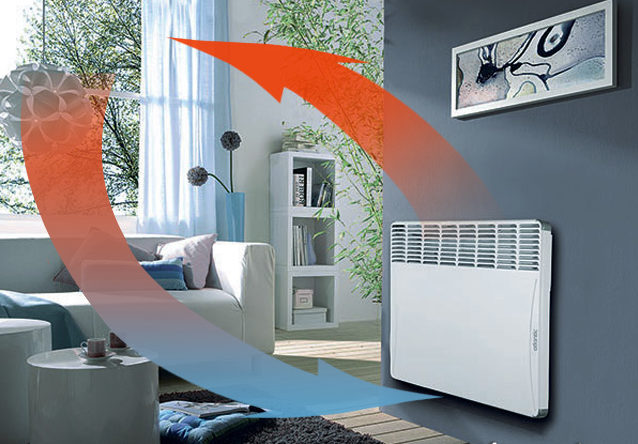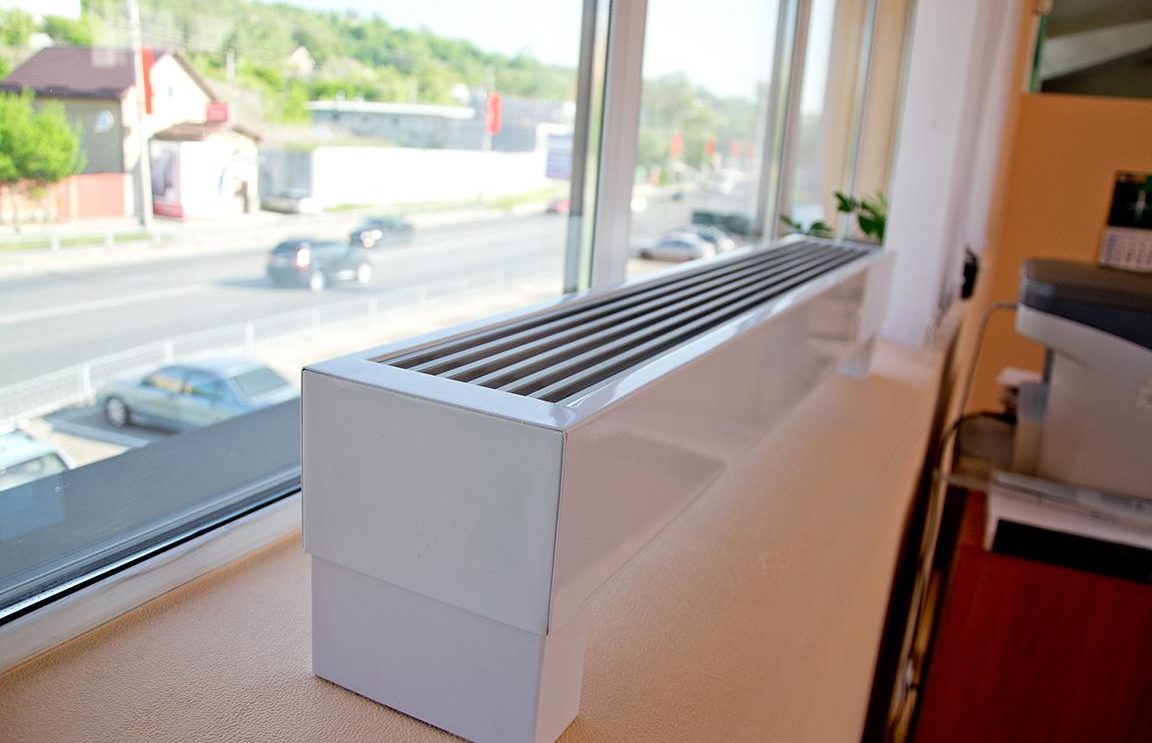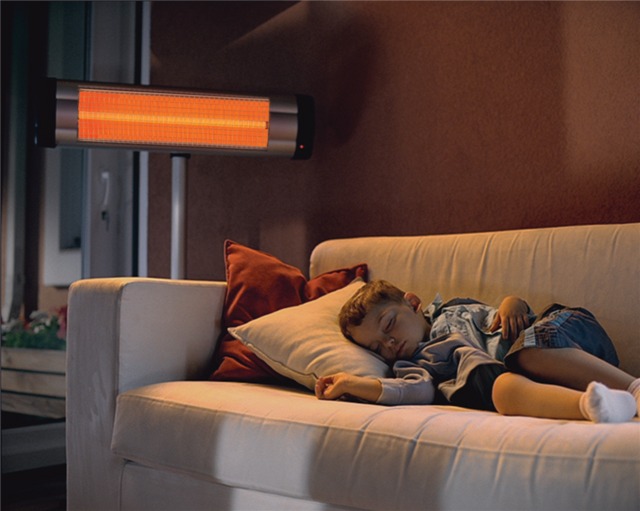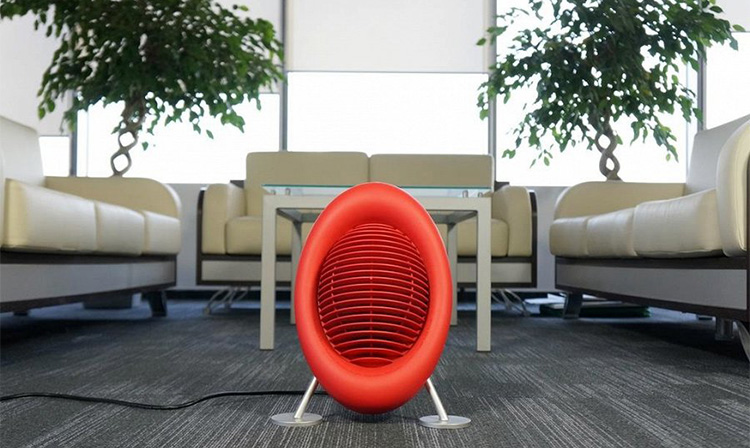Sections of the site
Editor's Choice:
- How to unlock ariston washing machine
- Pros and cons of LED lighting
- Pulse relay: device and connection
- How to calculate the illumination of a room with LED lamps?
- Plastic box - do-it-yourself aesthetic view of electrical wiring
- Electricity consumption of a warm floor: electric and film
- Installing a pump in a well: how to properly install pumping equipment
- Electrician Toolkit Overview
- How to choose a water heater: the most complete list of evaluation criteria
- 1 acoustics on the example of Sven SPS-860 and Realtek ALC889 codec
Advertising
| What type of heater to choose for a house or apartment |
|
When buying a heating device for their home, many are faced with a huge range of them. How to choose the most suitable among the many presented devices? What types of home heaters are the most economical, and for what purposes are they suitable? Consider the main types of heating devices, their advantages, disadvantages and methods of use. In total, there are four types of household heaters with different principles of operation:
Oil coolersOil heaters are very good for heating a private house or apartment, which are fairly mobile batteries filled with mineral oil inside. The surface of the battery is heated by heating the oil, using heating elements (1 or 2 heating elements are connected). Such radiators consist of several sections, and the more there are, the more heat such a battery gives off.
Also, in oil heaters, fan heaters are sometimes built in, which greatly reduces the warm-up time of the room. The advantages of oil heaters include:
The disadvantages of this type of household heaters include:
Convection heatersConvector installations are divided according to different criteria. For example, they can be classified by installation type:
They are also shared by type of heating:
And even circulation type:
The advantages of convector type heaters include:
They are convenient to use. The most convenient of them are floor convectors. They are quite mobile, they can be freely moved to the desired areas. The main thing is that the length of the electric cord is enough, since they all work from the network.
They are sometimes difficult to install. Electric, water and gas convectors often act as an alternative to a central heating system. They are usually provided special assembly(especially for water and gas), which involves the installation of a boiler, wiring pipes and ventilation ducts.
Infrared heating unitsThese types of electric heaters contain special lamps inside the housing:
These lamps are capable of emitting long-wave infrared rays invisible to the human eye. From them, as well as from the sun (by analogy with nature), all objects in the room (floors, walls, furniture) are heated, and then the air. According to their design, these heaters are:
They can be installed not only in living rooms, but also, if necessary, on balconies, terraces, greenhouses, etc. Advantages of infrared heaters:
The disadvantages of these devices include perhaps quite a few of them. high cost. fan heatersThe most affordable and easiest to use are thermal fans, which are usually desktop or floor standing. When air passes through the heating elements of the device, fast warm-up any room. The heating elements in the fan heater are made in the form:
Fan heaters with ceramic heating elements provide more clean air supply, without the emission of combustion products. The devices are popular due to their low cost and ease of carrying. They almost instantly heat the room to the desired temperature.
In addition to these characteristics, their advantages include the presence thermostat, which instantly turns off the device when overheating. The disadvantages of thermal fans include their noise and the ability to raise dust in the room.
ConclusionAmong the huge number of different types of heaters for an apartment and a house, you can always choose the device that best meets all the requirements, if you know all its technical characteristics, pros and cons. It will not only warm the room, but also give it comfort, create the necessary microclimate in the room. The main thing is to balance price with quality, power with heated area, and ease of use with ease of maintenance of the device. |
New
- Tonsillitis in adults - what is it, symptoms and treatment, causes, photos and first signs What is throat tonsillitis
- Diseases of the male genital area Chronic inflammatory diseases of the female genital area
- Signs of gastric and duodenal ulcers
- Prostate cancer of the fourth stage: the possibilities of modern medicine
- What is useful lemon water for weight loss, face, hair
- How to talk to a girl and not seem boring What is the best way to communicate with girls
- Foods rich in zinc
- Is the treadmill an indispensable exercise machine or just a complicated toy?
- Kievan Rus: education and history
- What vitamins are good for facial skin?

